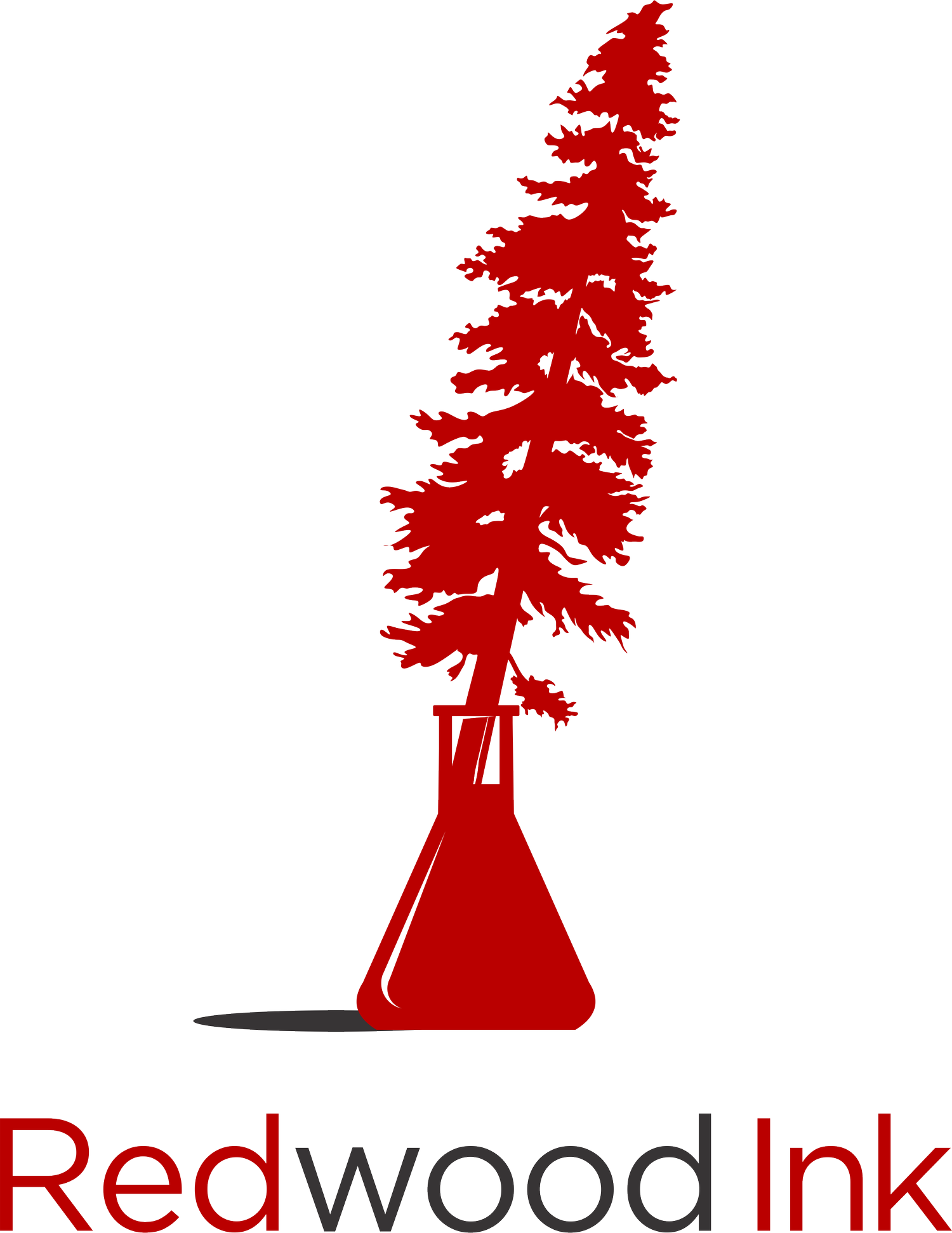How to Write a Cover Letter for Your Manuscript
When submitting a manuscript to a journal, you often need to include a cover letter. This letter is your chance to market your research findings and capture the journal editor’s interest.
A strong cover letter will help move your manuscript to the next stage of the process—peer review. To help you draft a compelling cover letter, use the following guide and template to ensure you include the essential elements.
Key Information to Include
Address the editor directly
By adding personal touches to your cover letter, you can better connect with the journal editor. A great way to make a strong first impression is to include the editor’s name and credentials, as well as the full name of the journal. You can often find this information on the journal’s website.
Introduce your manuscript
Be sure to include the title of your manuscript, the article type, and your contact information. These details might seem trivial, but they give the editor all the important details they need in one place.
Describe key findings
Briefly describe the rationale for your research and any key findings of your study. For the rationale, you may want to refer to your previous work, or you might highlight the gap in knowledge that your study helps to fill. Then share the major findings and overall conclusion of your study.
Emphasize the significance
Share details about how your findings are important. Do they advance understanding? Do they establish a new approach? Do they outline a better way to care for patients? Also, describe the future implications of the work. How will your findings advance your field?
Link to the journal
Be sure to explain how your manuscript fits the scope and mission of the journal. Avoid vague statements, such as “of interest to the field” or “novel.” Be specific. You might even explain why your manuscript would be of interest to people who read the journal.
Include required statements
Many journals ask authors to make required statements in the cover letter. These statements often refer to conflicts of interest or originality of the work. They may also address if all authors read and approved the manuscript, or whether your manuscript is being considered for publication in another journal. The journal may also want to know if the work has been publicized on a preprint server or presented at conferences. You can usually find these requirements in the journal’s author guidelines. But if you have questions, you can email the journal editor for clarification.
Suggest preferred reviewers
Some journals encourage authors to indicate any preferred reviewers, which can help to expedite the review process. But you need to choose reviewers wisely. Ensure that they have no conflicts of interest. And respectfully mention any reviewers who you think may have an existing conflict of interest.
Other Elements to Integrate
Be brief
The cover letter is meant to be an introduction or brief overview. Avoid sharing too many details. Focus only on the most important takeaways. And keep your cover letter to a maximum of one page.
Be original
You might be tempted to simply copy elements of your abstract into your cover letter. Instead, use your own words to explain your findings, their significance, and why you chose to submit to this journal.
Be authentic
You do not want to over-embellish your findings or their significance. Avoid phrases such as “novel,” “the first to show,” and “paradigm-shifting.” These statements can be red flags for editors to question your objectivity and the merit of your work.
Be courteous
Do not close your letter with an aspirational or presumptuous statement. Avoid phrases such as “We look forward to hearing from you” or “Looking forward to your positive response.” Instead, simply thank the editor to show them that you appreciate their time.
Be clear
Journal editors come from a variety of backgrounds and may not be experts in your field. Avoid using jargon or too many acronyms. Use simple and straightforward language that will make the editor’s job easy.
Be meticulous
The cover letter is your editor’s first impression of your manuscript. Be sure that your letter does not contain any spelling or grammar errors. Remember to proofread your letter, or have an editor review it, to ensure that every detail has been checked.
Are you struggling to draft a cover letter for your research manuscript submission? Download our free guide and template.
